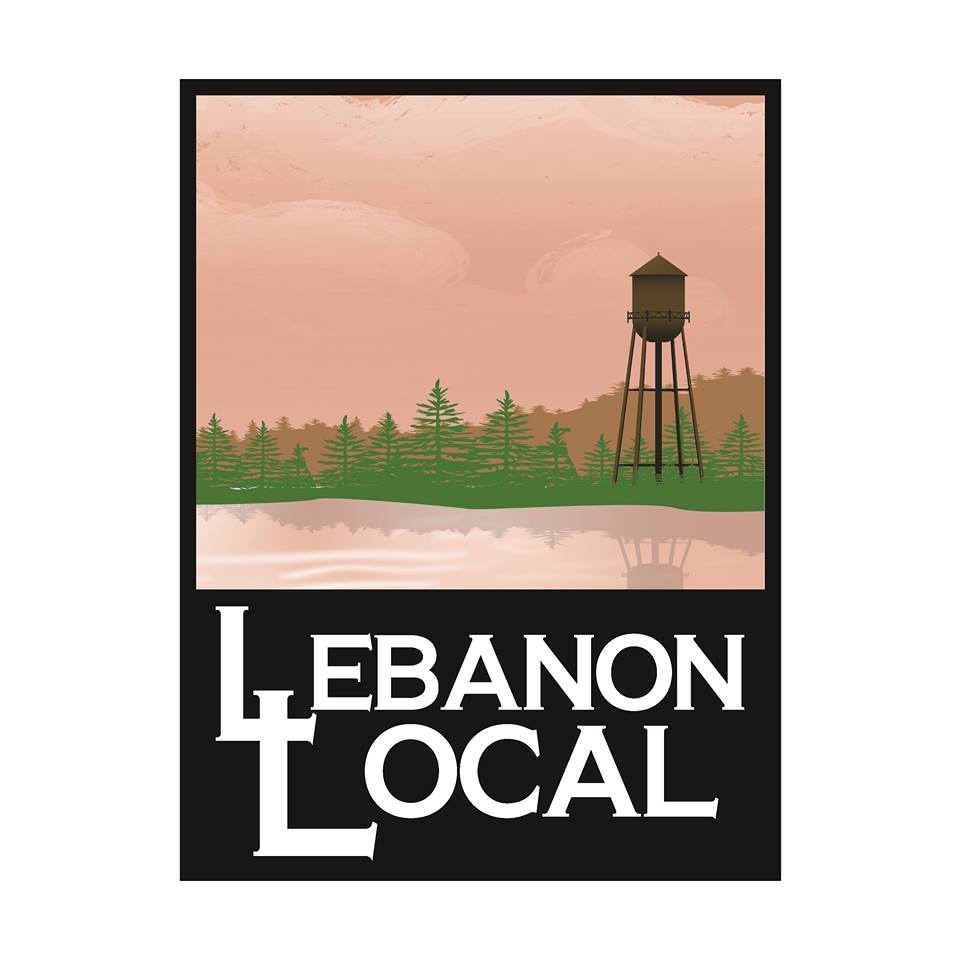Lebanon City Manager Gary Marks said while recent news about changes to Linn County wetlands designation does not affect Lebanon, there may be some changes soon for the city.
The method Linn County planners use to determine the location of wetlands is at odds with recommendations of state and federal agencies, according to a U.S. Fish and Wildlife Service official.
A wetland designation affects land use and building permits and can require that a property
owner pay for wetlands mitigation.
Mitch Bergeson, a project leader for of the USFWS’s National Wetlands Inventory department, sent an email on Nov. 9 to “clarify some misunderstandings about the USFWS’s National Wetlands Inventory dataset and explain some data modifications that may have caused some confusion.”
Bergeson is the project lead for the USFWS Ecological Services, National Standards and Support Team, which is responsible for “the development and application of all digital data functions relating to the Service’s wetland maps and habitat data holdings,” according to the USFWS website.
His email was in response to a recent local newspaper report stating more than 18,000 acres of land in east Linn County, which were considered wetlands, no longer had that designation because of updated information in the NWI dataset.
Marks said since that article came out, he has received questions about how the change impacts the city of Lebanon.
“What we’re talking about is the county map,” Marks said. “The city of Lebanon is not held by nor do we report to the county concerning wetlands issues. Their map is not really relevant with what we need to do.”
Marks said the city needs to comply with the Oregon Department of State Lands.
“The fact that Linn County has relied on the federal wetlands inventory and they have discovered that that inventory has been radically changed for east county, east of Sweet Home, really has no impact on us,” Marks said.
“Most of those are federal forest lands anyway, I don’t think there’s going to be much development happening there. So in the big scheme of things, my opinion is this has much to do about a lot of nothing.”
“The missing ‘wetlands’ that are mentioned in (the) article are not ‘wetlands’ at all, but intermittent streams,” Bergeson said.
He said the streams that were “‘removed’ were inadvertently added in an automated process to add riverine habitats to our dataset and did not modify the wetland information.”
The error was identified and the streams were removed within 60 days of the data being posted, he said.
The city of Sweet Home has a local inventory of wetlands based on its own study which was done in 2000.
Steve Barnett, director of the Linn County Geographic Information System, said his department checks the NWI data annually but does not communicate with anyone at the USFWS.
The Linn County Natural Resources Element Code states the county “shall use the National Wetlands Inventory maps to determine if a property is affected by wetlands.”
Bergeson said that provision was “concerning.”
“If this data ‘use’ is for anything more than ‘reconnaissance’ level investigation of the location, type and size of wetland and deepwater habitats then they are not adhering to the terms and conditions below, which constitutes misuse of the USFWS National Wetlands Inventory data,” he said.
The USFSW data use and limitations precautions state that “there is no attempt, in either the design or products of this inventory, to define the limits of proprietary jurisdiction of any federal, state, or local government or to establish the geographical scope of the regulatory programs of government agencies. “
Persons intending to engage in activities involving modifications within or adjacent to wetland areas should seek the advice of appropriate federal, state, or local agencies concerning specified agency regulatory programs and proprietary jurisdictions that may affect such activities.”
“In my reading of the ‘terms and conditions’ included in the email from the USFWS, I see nothing that states the county can’t use the NWI data for the purposes set forth in the land development code,” said Robert Wheeldon, director of Linn County Planning and Development.
“Mr. Bergeson’s citations do not say what Mr. Bergeson said they say. The county is not ‘misusing’ the NWI data, nor is the county violating any terms of use.”
Wheeldon said the county “is required by the state land use planning rules to protect wetlands by adopting a wetland inventory and measures to limit impacts to wetlands.”
The NWI has been Linn County’s official data source 1999.
“The county has adopted the NWI for the purpose of identifying potential wetlands,” Wheeldon said. “Property owners always have the opportunity to challenge the mapped data.
“The NWI was adopted into the Comprehensive Plan in 1999 as the county’s official data source to determine if a property is affected by wetlands, as part of the Periodic Review program approved by the (Department of Land Conservation and Development).”
Bergeson ended the email by encouraging communication with the regional wetland coordinator or the USFWS Wetlands Team “if any potential data errors or questions on data applications come up.”
Marks said Lebanon has been working on its own wetlands situation.
“There probably is some news coming soon about wetlands for Lebanon and that is the process we’ve been engaged in for some time now and been delayed because we had such a wet year,” Marks said. “Through the summer and into the fall that work has finally been able to take place. It’s been concluded now and I’m hoping that (Community Development Director) Walt (Wendolowski) and I will be updating you soon about our proposed redelineation. I say ‘proposed’ because although we get a delineation report done, that has to be submitted to state lands and they’re going to have to approve that before there’s any deduction.”
Marks added that based on the information in the consultant’s report, the city will see a “significant reduction from our scientifically designated wetlands.”
Linn County has dealt with other wetland-related issues.
Commissioner Roger Nyquist and Rep. Andy Olson were involved in meetings and communications regarding stop-work orders that the Department of State Lands issued, and later lifted, for developments in Millersburg in May.
On June 7, Kirk Jarvie, southern field operations manager of the Aquatic Resources Management Program of DSL said those property owners had signed wetlands mitigation agreements and the orders were lifted.
In a July 17 letter to then Millersburg City Manager Steve Hasson, Jarvie addressed “local government requirements under the wetland land use notification program (ORS 227.350).”
He said the “city should submit a wetland land use notice to DSL any time the city receives a land use application involving ground disturbance on a tax lot with a wetland or water feature mapped on the National Wetland Inventory.”
Jarvie also addressed limitations in the system.
“As we’ve discussed previously, the National Wetlands Inventory (has) some significant limitations and with such, is an imperfect tool for flagging potential wetlands on a
property,” he said.
Jarvie sent an email to Nyquist on June 2 regarding a development in Lebanon.
He said the original NWI maps were from the 1970s and 1980s and there was an update in 2014.
“That update was to simply add the identification of streams that was missing from the original mapping,” Jarvie said.
He also referenced an updated State Wetland Inventory expected to launch the first quarter of 2018.
“(It) will provide a much better tool for local communities (without) a local wetland inventory as well as for landowners seeking more information about their properties.





